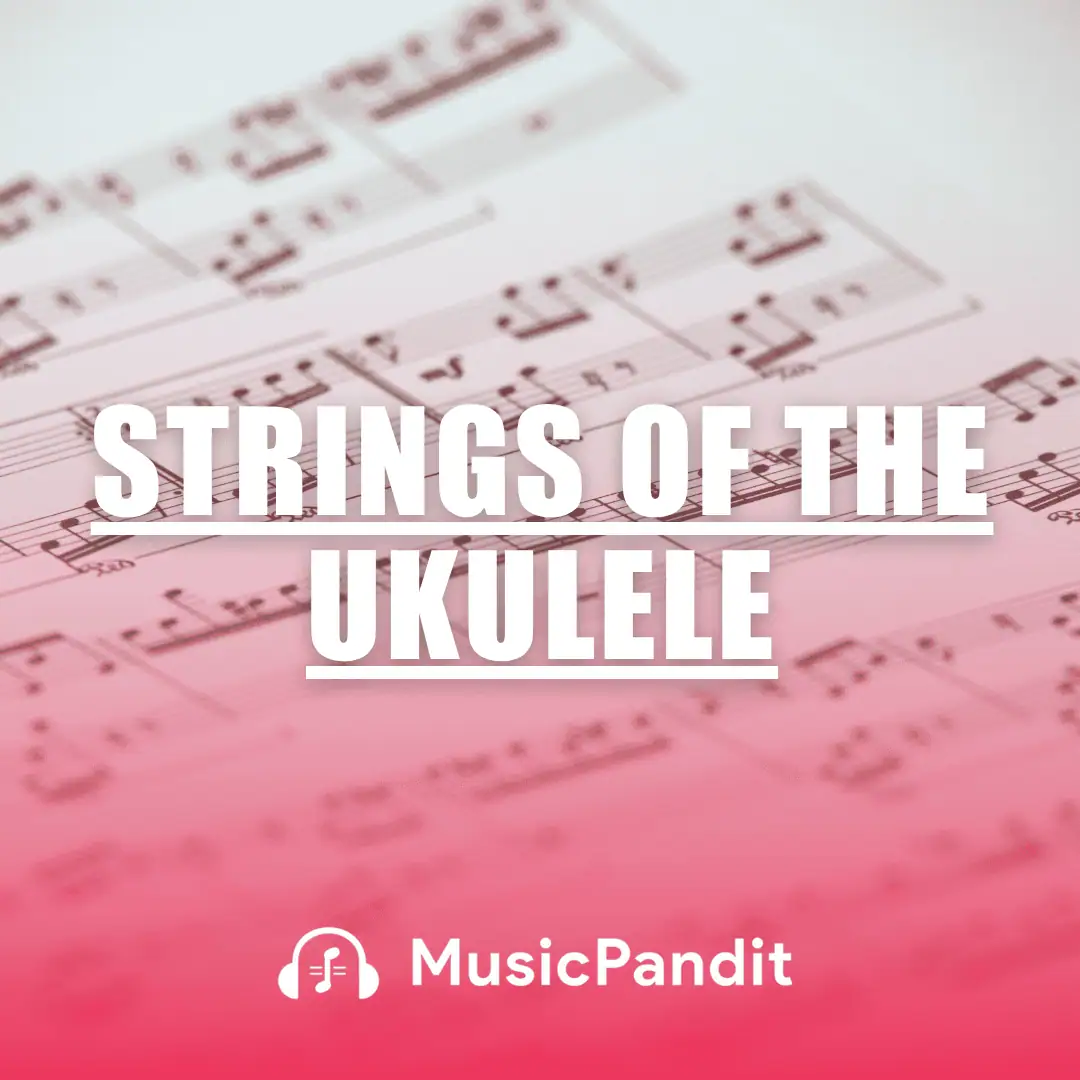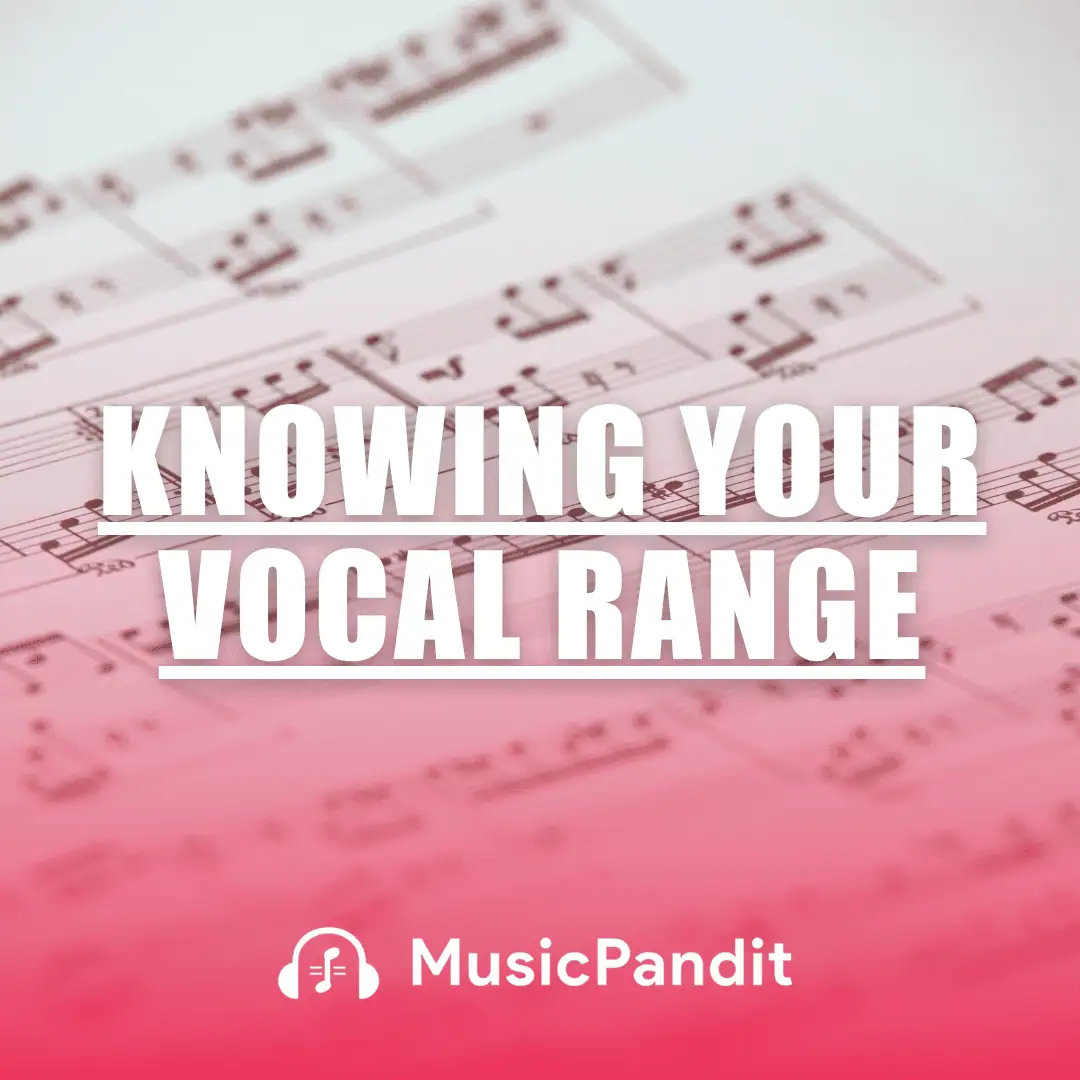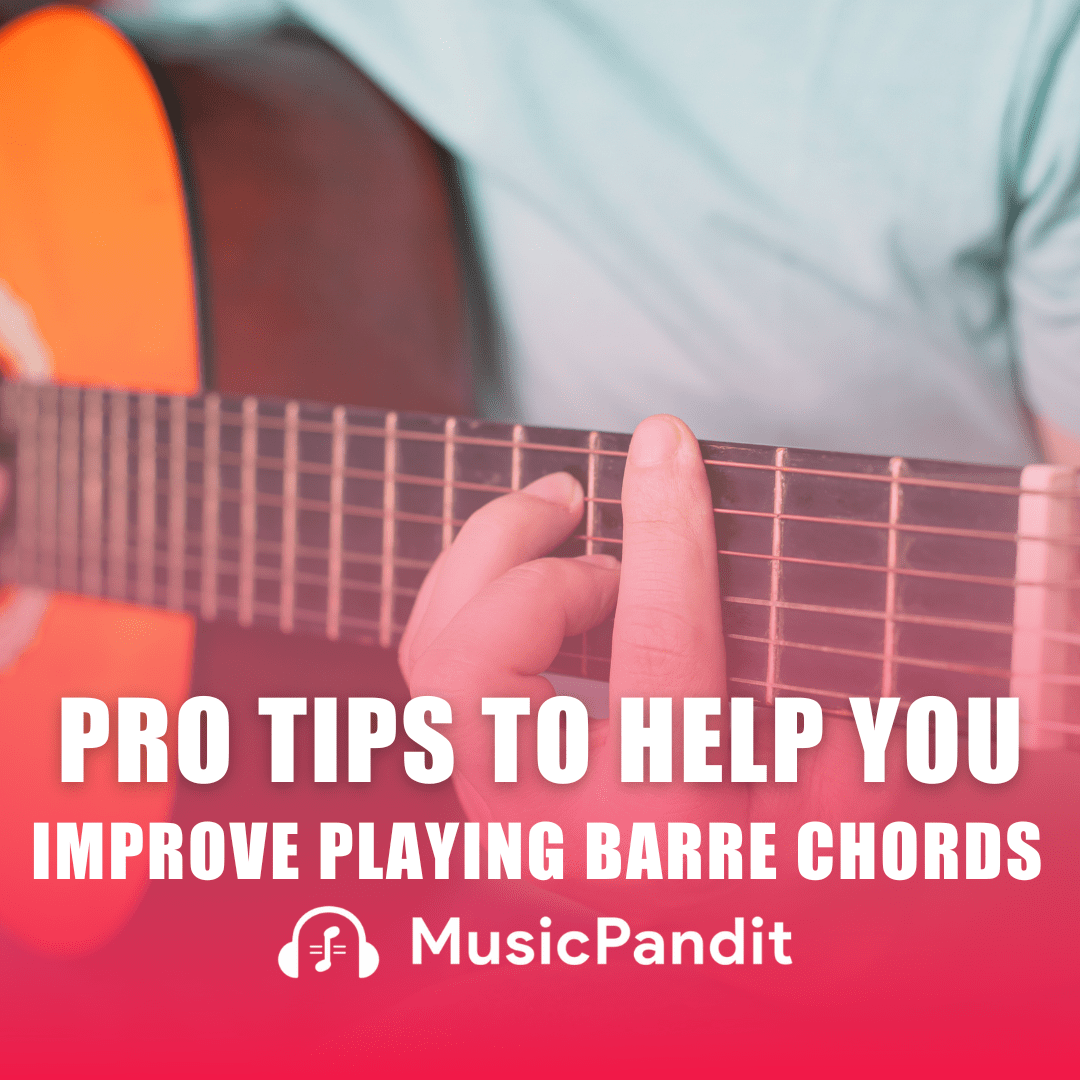Sustain is a fundamental concept in music that significantly influences how notes and sounds are perceived. For young music students, grasping the idea of sustain is essential, as it plays a crucial role in both performance and composition. This article delves into the various facets of sustain, including its definition, importance, applications across different instruments, and techniques to control it.
What Is Sustain?
In music, sustain refers to the period during which a note or sound remains audible after its initial production. It’s the phase where the sound maintains its level before it begins to fade away.
For instance, when you press a piano key and hold it down, the note continues to sound; this continuation is the sustain. The duration and quality of sustain can vary depending on the instrument and the technique used.
The Role of Sustain in Music
Sustain contributes to the expressiveness and emotional depth of music. It allows notes to blend smoothly, creating a connected and flowing sound, which is particularly important in legato passages. Without adequate sustain, music can sound choppy or disjointed.
For example, in piano playing, good sustain is essential for performing slow melodic lines effectively, as it ensures that notes resonate and overlap appropriately, enhancing the musical line.
Sustain Across Different Instruments
String Instruments
Instruments like the violin, cello, and guitar have varying sustain characteristics. On a violin or cello, sustain is controlled by the bow’s movement; a steady bow stroke maintains the note’s sound. On the guitar, sustain depends on factors like string vibration and the instrument’s construction. Techniques such as vibrato can prolong a guitar note’s sustain by adding energy back into the string, keeping it vibrating longer.
Wind Instruments
Wind players, such as flutists or trumpet players, control sustain through their breath. A continuous and steady airflow allows the note to be sustained for the desired duration. The player’s breath support and control are crucial in managing sustain on these instruments.
Percussion Instruments
Percussion instruments vary widely in their sustain capabilities. For example, a vibraphone has metal bars that can sustain notes for a considerable time, especially when the sustain pedal is used to lift the dampers, allowing the bars to vibrate freely. In contrast, instruments like the snare drum have very short sustain, producing sharp, quick sounds.
Keyboard Instruments
On the piano, the rightmost pedal is the sustain pedal (also known as the damper pedal). When pressed, it lifts all the dampers off the strings, allowing them to vibrate freely and sustain the notes even after the keys are released. This technique enriches the piano’s tone by enabling sympathetic vibrations among all strings, creating a fuller sound.
Importance of Sustain in Music
Sustain plays a vital role in music for several reasons:
- Expressiveness: It adds emotional depth, allowing musicians to convey feelings more effectively.
- Smooth Transitions: Facilitates seamless movement between notes, essential for legato playing.
- Harmonic Richness: Prolonged notes can interact harmonically with others, enriching the overall sound.
- Articulation: Different levels of sustain contribute to various articulations, affecting the music’s character.
Techniques to Control Sustain
Using the Sustain Pedal on Piano
The sustain pedal on the piano allows notes to ring out longer by lifting the dampers off the strings. Proper use of this pedal is crucial:
- Full Pedal: Pressing the pedal down completely allows all notes to sustain.
- Half Pedaling: Pressing the pedal halfway can create a subtler sustain, useful for achieving a cleaner sound in certain passages.
- Pedal Timing: Knowing when to press and release the pedal is essential to avoid blurring notes together unintentionally.
Bowing Techniques on String Instruments
String players can control sustain through:
- Bow Speed: A slower bow speed can help sustain a note longer.
- Bow Pressure: Applying consistent pressure maintains the sound’s volume during the sustain.
- Bow Placement: Positioning the bow closer to the bridge can produce a stronger, more sustained tone.
Breath Control for Wind Instruments
Wind instrument players manage sustain by:
- Steady Airflow: Maintaining a consistent breath ensures the note sustains evenly.
- Proper Embouchure: The way a player shapes their mouth affects the instrument’s tone and sustain.
- Breath Support: Engaging the diaphragm and abdominal muscles helps control the airflow necessary for sustaining notes.
Electronic Instruments and Sustain
Electronic instruments, such as synthesizers, often feature a sustain function within their envelope generators. The envelope of a sound typically includes stages like attack, decay, sustain, and release (ADSR). The sustain stage refers to the level during the main sequence of the sound’s duration until the key is released. Musicians can adjust the sustain parameter to control how long a note remains at its full volume before it begins to fade.
Benefits of Mastering Sustain
Understanding and controlling sustain offers several benefits to musicians:
- Enhanced Musicality: Ability to express emotions more effectively through music.
- Improved Technique: Developing control over sustain enhances overall musical technique, as it demands coordination and precision. For example, using the sustain pedal on a piano requires careful timing to avoid muddying the sound.
- Versatility: Mastery of sustain allows musicians to adapt their playing style to different musical genres, from classical to jazz, pop, and more.
- Harmonic Depth: By controlling sustain, musicians can create layered and harmonically rich sounds, which are particularly useful in ensemble and solo performances.
- Better Audience Engagement: Effective use of sustain can make music more captivating and emotionally resonant for listeners.
How to Practice Sustain
Learning how to control and use sustain effectively takes practice. Here are a few exercises for young students:
For Piano
- Sustain Pedal Practice: Play a scale or simple melody, and experiment with pressing and releasing the sustain pedal at different times. Notice how it affects the sound.
- Half-Pedaling: Practice pressing the pedal halfway and observe how it subtly changes the sustain. This is especially useful for pieces requiring a delicate touch.
- Listening Exercises: Play a note or chord, hold the pedal, and listen carefully to how the sound fades. This helps develop an ear for proper pedaling.
For String Instruments
- Bow Control: Use long, slow bow strokes to practice sustaining a single note for as long as possible. Focus on keeping the tone even.
- Vibrato: Add vibrato to a sustained note and observe how it enriches the sound. Experiment with speed and width to see what creates the best effect.
- Dynamic Sustain: Practice maintaining the same dynamic (volume level) throughout the sustain, or gradually increase or decrease it for expressive effects.
For Wind Instruments
- Breath Control: Practice long tones by holding a single note for as long as possible while keeping the tone steady.
- Dynamic Changes: Sustain a note and vary its volume—start softly, crescendo to a louder sound, then decrescendo.
- Breathing Exercises: Strengthen your diaphragm with breathing exercises to improve breath control and sustain.
For Guitar
- Finger Sustains: On an acoustic or classical guitar, press a string firmly and pluck it to see how long it sustains. Experiment with different frets and strings.
- Electric Guitar Techniques: Use distortion or effects pedals to explore how to sustain changes. Experiment with feedback and vibrato to prolong notes.
- Palm Muting: Contrast sustain with muted sounds to understand how to control note duration effectively.
Sustain in Music Theory
In music theory, sustain is one phase of the ADSR envelope (Attack, Decay, Sustain, Release), which is particularly relevant to electronic instruments. Here’s a breakdown:
- Attack: How quickly a note reaches its maximum volume.
- Decay: How the volume decreases after the initial peak.
- Sustain: The level at which the sound remains as long as the note is held.
- Release: How the sound fades after the note is released.
This concept is critical for synthesizers and digital instruments, as musicians can manipulate these parameters to create different soundscapes.
Sustain in Different Musical Genres
Classical Music
In classical music, sustain is often used to create emotional depth. For example, a pianist might use the sustain pedal during a romantic piece to create a rich, resonant atmosphere.
Rock and Pop
In rock and pop music, sustain is frequently enhanced using effects pedals, particularly for electric guitars. Legendary guitar solos often rely on prolonged sustain to achieve their dramatic effect.
Jazz
Jazz musicians use sustain to add smoothness to their improvisations. On wind instruments, sustained notes are often accompanied by subtle dynamic changes to enhance expressiveness.
Electronic Music
In electronic music, sustain is a programmable parameter, allowing for precise control of how long a sound is held during playback. This is crucial for creating textures and ambient soundscapes.
Challenges in Achieving Good Sustain
While sustain is essential, achieving it can be challenging. Here are some common obstacles and solutions:
Short Sustain in Acoustic Instruments
- Challenge: Acoustic instruments like the guitar or piano may have a naturally shorter sustain.
- Solution: Use techniques like vibrato (on strings) or the sustain pedal (on piano) to prolong notes.
Overuse of Sustain
- Challenge: Excessive sustain, especially on the piano, can make music sound muddy.
- Solution: Practice clear pedaling techniques and learn to lift the pedal when transitioning between chords.
Physical Limitations
- Challenge: Beginners may struggle with breath control (for wind instruments) or bow pressure (for string instruments).
- Solution: Incorporate exercises to improve strength, coordination, and stamina.
Related Topics
- Decay in Music: How a sound fades away after being sustained.
- Resonance: How sustain interacts with an instrument’s body to amplify sound.
- Articulation: The way notes are connected or separated, including the use of sustain.
- Legato Playing: A smooth and connected style of playing, heavily reliant on sustain.
- Dynamic Control: Managing volume changes during sustain for expressive playing.
Conclusion
Sustain is an indispensable aspect of music, shaping the way notes connect and resonate. Whether you’re a pianist using the sustain pedal, a guitarist applying vibrato, or a wind player mastering breath control, understanding sustain opens up endless possibilities for musical expression. By practicing sustain techniques and exploring its applications across different genres and instruments, students can greatly enhance their musicality and technical skills.
For young musicians, learning about sustain is not just about prolonging a note—it’s about understanding how sound lives and breathes within a piece of music. With dedication and practice, sustain can become a powerful tool for creating unforgettable performances.














